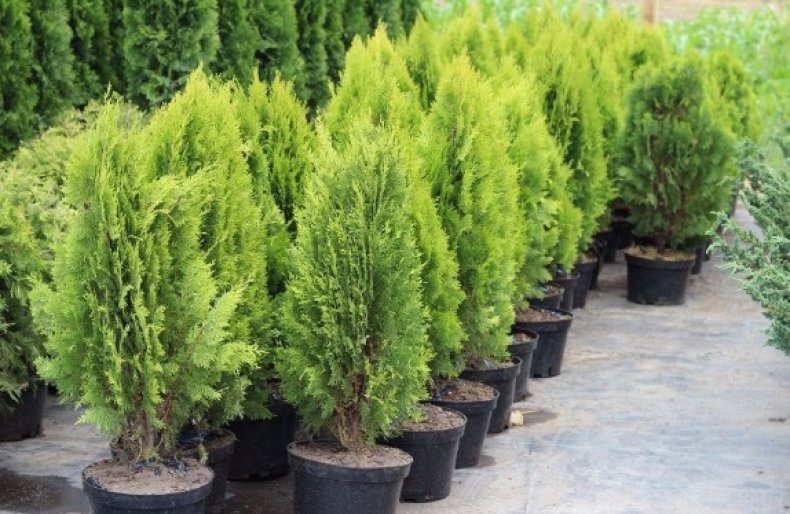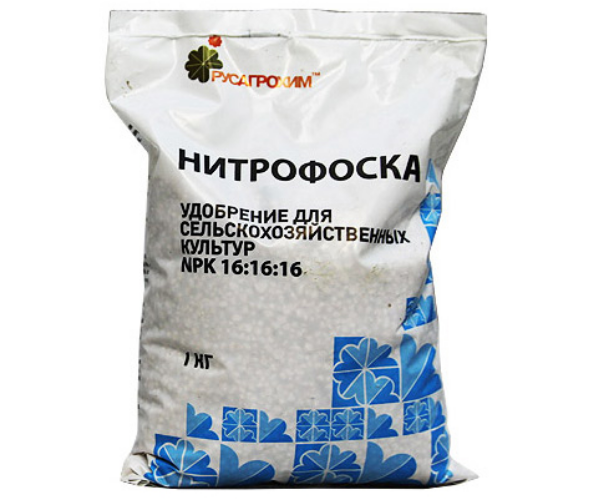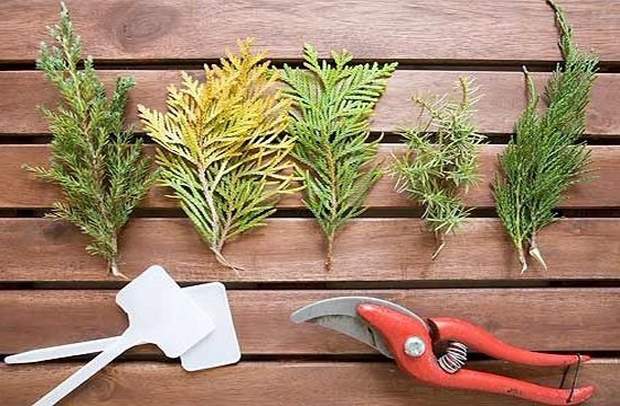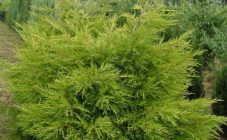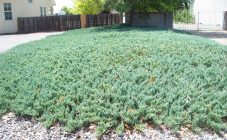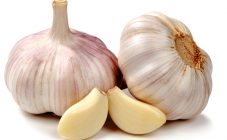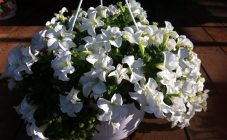Content:
Juniper Virginsky is widely used in landscape design as hedges and free-standing trees. Junipers on the site not only give it an aesthetic appearance, but also have a healing value. The release of essential oils into the air has an antimicrobial effect. The increased oxygen content has a beneficial effect on the human nervous system. Walking in the juniper garden is soothing, relaxing and helps bring back a positive attitude. In addition, gardeners often make aromatic jam from soft fruits - cones.
Juniper Virginia is very popular in North America, which is its home. In the wild, juniper grows in rocky and wetland areas. This is facilitated by a branched root system. It not only increases the traction force, but also protects the juniper from strong gusts of wind.
This evergreen plant can be in the form of a squat shrub and a tall tree. The age of centenarians is about 500 years.
At least 70 species of juniper are known, differing in shape.
Main varieties
- Juniper gray owl is a creeping shrub. The dimensions are much larger in width than in height. The maximum height is no more than 3 m, the width is up to 7 m. For 1 season, the growth is a maximum of 0.2 m. The color of the needles is gray-green with a blue tint. The berries also have a blue tint. Juniper Gray owl has a high winter hardiness. Dry summer is also easily tolerated, but needs additional irrigation of the needles. The aesthetic appearance of the crown will help to achieve shaping scraps.
- Juniper Golden Spring is a dwarf variety, no more than half a meter high. Initially, the crown is formed in the form of a ball, but with age, the branches grow in width by 1.5 m, forming a kind of coniferous pillow. The needles at the tips have a delicate vanilla hue, so the general appearance of the juniper has a golden glow, although the bulk of the needles has a rich green color.
- Juniper Hetz is one of the most popular types used in decoration. The bush forms a dense and lush hedge, up to 1 m high. In width, the Virginsky Khetz juniper grows by 3 m. The advantage of the variety is the rapid growth of branches. Juniper fruits are dark blue in color. With the onset of cold weather, the needles change their color from gray-blue to brown.
Agricultural technology of cultivation
Saplings
The success of growing juniper depends on the choice of planting material. For gardeners with little experience, it is recommended to choose a young seedling in a container. It takes root faster and adapts more easily, in comparison with an adult juniper, which needs to be created as comfortable as possible after planting.
Saplings with open roots are best planted in mid to late spring or October. A closed-rooted juniper can be planted at any time, but it is important to arrange for shading and regular watering.
A place
In order for the juniper to grow as attractive as possible with a voluminous dense crown, you need to choose a well-lit area for planting. The ideal soil is sandy loam or loam, but heavy clay soil is also allowed, which must first be facilitated by the introduction of peat and sand. A juniper can easily tolerate a lack of nutrients and moisture, but a close occurrence of groundwater and poor drainage are detrimental to the roots. On soils with excess moisture, you need to create a drainage layer of expanded clay or broken brick.
Landing
The optimal size of the landing hole for the Virginia juniper is 0.6 * 0.8 m. The distance between the holes is at least 1 m. This is necessary for the comfortable development of the root system. The seedling must be covered with soil as quickly as possible so that the roots do not dry out. The ideal composition of the soil is turf, peat, humus in equal proportions and sand in a volume 2 times less than that of the other components. After planting, the juniper is immediately poured abundantly with 10 liters of water and sprinkled with mulch, 5-10 cm thick. Peat, needles or wood chips are suitable as a mulching layer.
Care
Juniper Virginsky is completely unpretentious. He needs watering only during prolonged drought. Depending on the age of the juniper, you need to pour 10-20 liters of water under the root. Periodically it is necessary to carry out weeding and loosening of the trunk circle. Juniper does not need fertilizing on normal soils. It is enough to add 300 g of Nitrofoski at the time of planting. On poor soils, you need to fertilize juniper 40 g. Nitroammofoski per 1 m2. This should be done once a month during the growing season.
To maintain its decorative appearance, Virginia juniper must be pruned. This should be done deliberately and carefully. An error in pruning leads to a slowdown in branch growth. If experience is not enough, then it is recommended to cut only the tips of the branches that are knocked out of the total mass, remove dry, diseased and broken off branches.
Most juniper varieties are prone to branch breakage in winter due to the severity of the adhering snow. To avoid this problem, you can link branches or prepare a skeleton. In addition, the juniper is sensitive to temperature fluctuations and sunlight during the winter-spring period. Burning branches leads to a change in the color of the needles and a loss of aesthetic appearance. To solve this problem, gardeners make a crown shelter:
- The snow cap is suitable for dwarf and creeping bushes. Snow is being thrown on the branches. To exclude breaking off, a frame is prepared.
- Coniferous branches are distributed over the juniper in tiers from bottom to top.
- The covering material is wrapped around the top of the juniper. The lower branches are left open. Cotton, burlap and modern materials are used as cover.
- The reflective screen is placed on the side of maximum penetration of direct sunlight.
Reproduction
Virginia juniper in the public domain can be bought in almost any nursery, so there is no urgent need to study breeding methods.
Reproduction cuttings are formed from spring young shoots. The length of the workpiece is up to 7 cm, on each branch there should be 2 internodes and a mother's heel (a piece of bark from the main branch). The stalk is soaked in Kornevin and planted in the ground (seeding depth - 2 cm). The roots of the cuttings will appear at the end of the first season, but the juniper can only be transplanted to a permanent place after 2 years.
Seed growing begins with hardening the material. The seeds are sown in a container that is stored outdoors from November to April. In May, the seed is sown on the garden bed, mulched with peat, watered, loosened and removed weeds. The first 15 days after sowing, you need to shade the bed. After 3 years, young bushes can be transferred to a permanent place.
The grafting is used for rare varieties of juniper.A branch of a valuable juniper is attached to an ordinary bush, the attachment point is wrapped with rope or electrical tape. This method rarely gives a positive result.
Diseases and pests
Virginia juniper suffers from fungal diseases such as alternaria and necrosis. On all parts of the juniper, thickening and swelling appear. As the disease progresses, the bark dries out and the wood becomes visible. With severe infection, branches and needles dry out. Treatment must begin by removing and burning the infected branches. Juniper must be treated with copper sulfate in a 1% concentration. Lubricate the branch cut with garden varnish.
Rarely, juniper is affected by aphids, thyroid gland and spider mites. You can cope with them with any insecticides (Fitoverm, Iskra, Aktara and others).
Advantages and disadvantages of the variety
| pros | Minuses |
|---|---|
| Gives the garden a decorative look | Does not tolerate excess moisture |
| Unpretentious care | Loses its decorative appearance in the shade |
| Frost and drought resistance | |
| Air purification and healing effect on the body | |
| Can be grown as a hedge |
Virginia juniper helps to create an extraordinary atmosphere at the summer cottage. Even a novice gardener can grow it, observing the minimum agrotechnical requirements.

